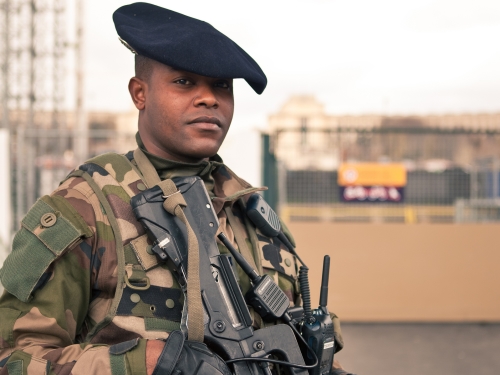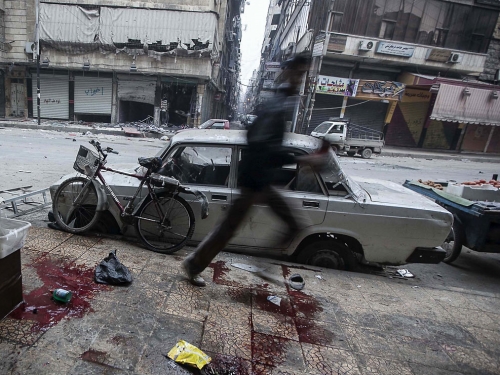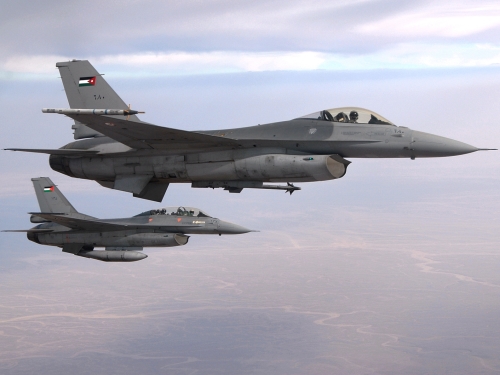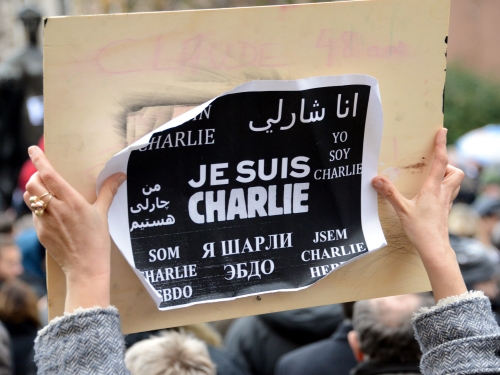
This article was originally published by European Geostrategy on 26 February, 2015. Republished with permission.
Pairs of Belgian soldiers have been standing guard at the entrance of NATO headquarters and other sensitive locations in Brussels since the Belgian security services successfully raided a terrorist cell in the Belgian city of Verviers on 15 January, just days after the attack on the offices of Charlie Hebdo in Paris. One rather hopes that NATO especially was already somewhat protected before; two foot soldiers will hardly make much difference in any case.
Indeed, why deploy the army in the streets of Brussels at all? What one seems to forget is that no terrorist attack took place. Unlike in May of last year, when a returned French ‘foreign fighter’ murdered four people in the Jewish Museum in Brussels, this time an attack was prevented, thanks to excellent police and intelligence work – and yet now the army was deployed whereas last year it was not. That does not mean that there is no more remaining threat, quite the contrary, but it does more than nuance the causal link between troops in the street and security at home. Khaki in the streets is mostly bad theatre, a feeble attempt to signal resolve in the face of a threat that can never be entirely prevented (although in this particular instance it actually was).




